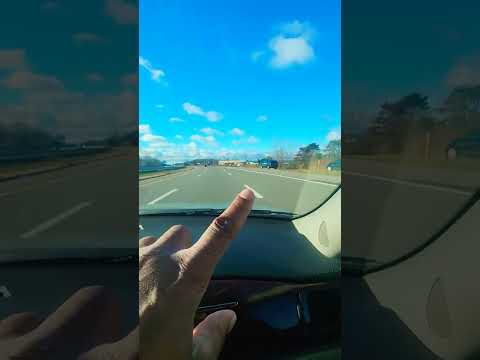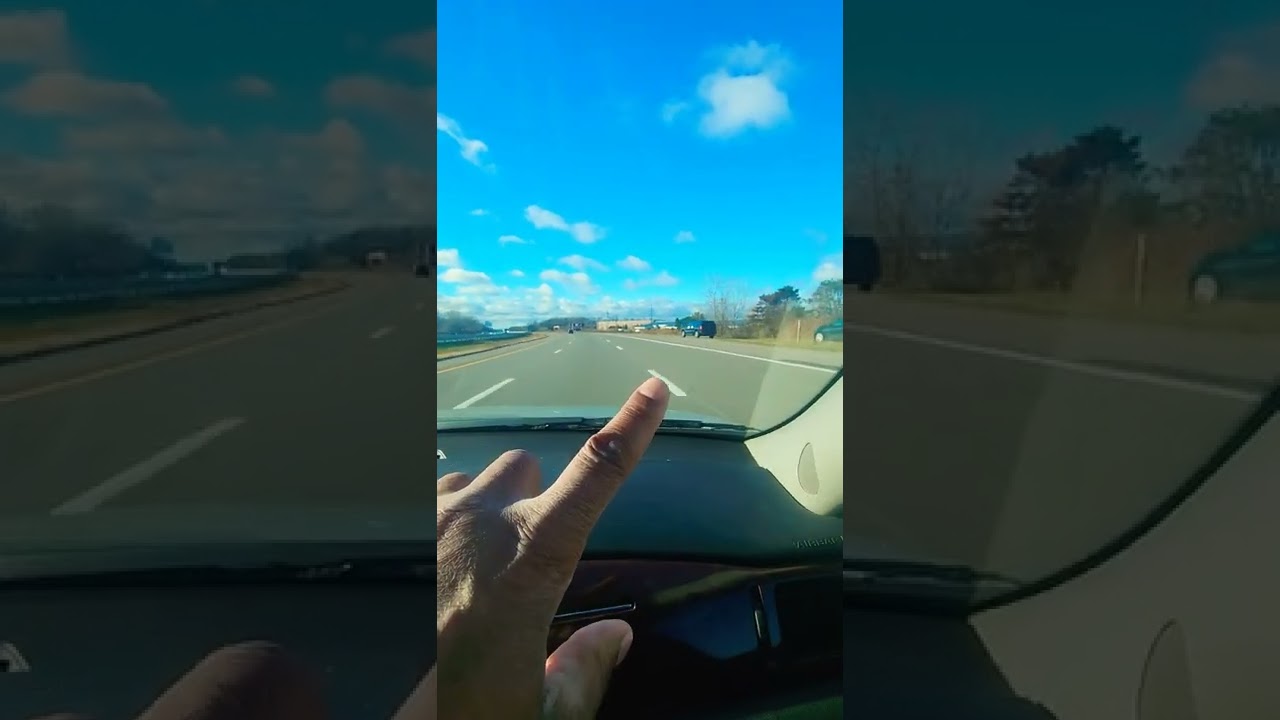Highway hypnosis is a fascinating phenomenon that can captivate even the most alert drivers. Aceable, a leading online driving school, delves into the intriguing concept of highway hypnosis, shedding light on its causes, consequences, and prevention. This comprehensive guide goes beyond the surface, exploring the depths of this mesmerizing state of mind that can occur during long drives. Discover how highway hypnosis affects our subconscious, causing us to enter a trance-like state where our attention drifts away from the road. Uncover the potential dangers hidden within this seemingly innocent daydreaming, and learn how to overcome it with practical tips and techniques. Aceable’s expertly crafted content ensures that every driver, regardless of experience level, gains valuable insights into highway hypnosis and its impact on road safety. So, if you’ve ever wondered about the mysteries behind those long, monotonous drives and wanted to stay fully engaged while on the road, Aceable’s exploration of highway hypnosis is an absolute must-read. Arm yourself with knowledge and stay alert behind the wheel to navigate the highways with confidence and ease.

Highway Hypnosis: A Closer Look
| Definition | Symptoms | Causes | Prevention |
|---|---|---|---|
| Highway hypnosis, also known as white line fever, is a trance-like mental state that occurs when a driver becomes unaware of their surroundings and loses focus on the road ahead. | – Drowsiness and fatigue – Monotonous or repetitive driving conditions – Difficulty recalling recent driving events – Lessened ability to react to changes in traffic – Impaired judgment and decision-making |
– Long periods of uninterrupted driving – Boring or uneventful road conditions – Lack of mental stimulation – Fatigue or sleep deprivation – Use of alcohol or certain medications |
– Take regular breaks during long drives – Engage in conversation or listen to stimulating audio – Avoid driving during peak drowsiness hours – Get enough rest before embarking on a long journey – Minimize distractions and maintain visual engagement with the road |
Unmasking the Hidden Fears of Beginner Drivers: Insightful Tips for Overcoming Anxiety
What is Highway Hypnosis?
Highway hypnosis, also known as white line fever or driving without awareness, is a phenomenon that affects many drivers. It refers to a state of mind where a driver becomes so focused and absorbed in driving that they lose awareness of their surroundings and enter a trance-like state.
This trance-like state is often induced by long periods of monotonous driving on highways or freeways, where there are minimal distractions or changes in scenery. The repetitive nature of the road, combined with a lack of stimulation, can cause drivers to become drowsy and disengaged from their environment.
The Dangers of Highway Hypnosis
Highway hypnosis poses significant risks to both the driver and other road users. When a driver is in a trance-like state, their reaction time and ability to make quick decisions are impaired. This can lead to delayed responses to potential hazards, increasing the likelihood of accidents.
In addition, drivers experiencing highway hypnosis may drift in and out of lanes without realizing it, leading to dangerous situations and potential collisions. The lack of awareness of one’s surroundings can also prevent drivers from properly observing traffic signs, signals, and other important road indicators.
Furthermore, the drowsiness induced by highway hypnosis can result in microsleep episodes, where a driver briefly falls asleep without realizing it. Even a few seconds of unconsciousness can have disastrous consequences on the road.
Recognizing the Signs of Highway Hypnosis
It is crucial for drivers to be able to recognize the signs of highway hypnosis in order to prevent accidents and ensure their own safety. Some common indicators include:
1. Monotonous driving: Feeling like the drive is becoming boring and repetitive, with little variation in scenery or road conditions.
2. Daydreaming: Finding your mind wandering off and losing focus on the road.
3. Loss of memory: Having trouble recalling the last few miles driven.
4. Difficulty maintaining speed: Noticing that your speed has increased or decreased without your conscious awareness.
5. Feeling fatigued: Experiencing drowsiness, heavy eyelids, or yawning while driving.
Preventing Highway Hypnosis
Fortunately, there are several measures drivers can take to prevent highway hypnosis and stay alert on the road:
1. Take regular breaks: Plan rest stops every couple of hours to stretch your legs, get some fresh air, and give your mind a break from the road.
2. Stay engaged: Listen to music, podcasts, or audiobooks to keep your mind active and engaged during long drives.
3. Avoid distractions: Minimize distractions inside the car, such as mobile phones or loud conversations, as they can contribute to a lack of focus.
4. Stay hydrated and well-rested: Dehydration and lack of sleep can exacerbate drowsiness, so be sure to drink enough water and get a good night’s sleep before embarking on a long drive.
5. Use mindful driving techniques: Practice mindfulness while driving by staying present and aware of your surroundings. Focus on the road ahead, check your mirrors regularly, and maintain a safe distance from other vehicles.
Conclusion
Highway hypnosis is a real and potentially dangerous phenomenon that can affect any driver. Recognizing the signs and taking proactive measures to prevent it is essential for staying safe on the road. By staying engaged, taking regular breaks, and practicing mindful driving techniques, drivers can reduce the risks associated with highway hypnosis and ensure a safe and enjoyable journey.

